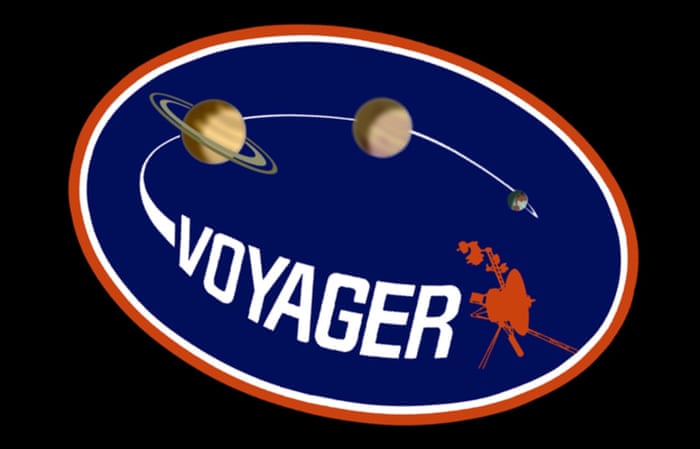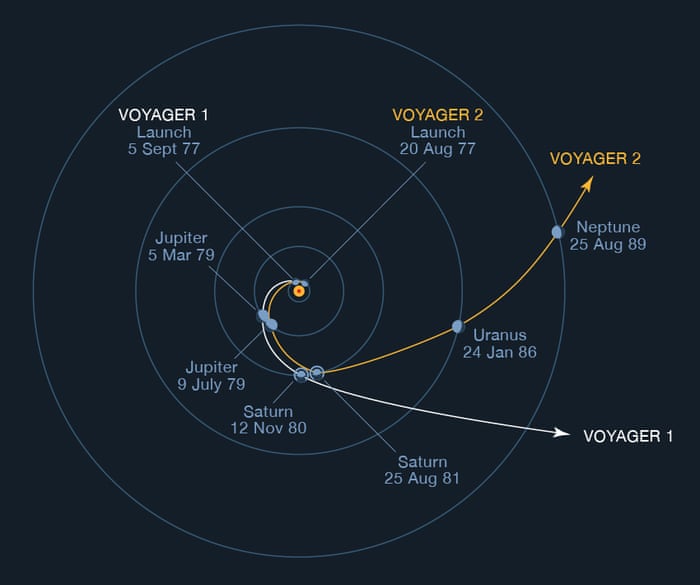What it will take for humans to colonize the Moon and Mars
NASA's Artemis program will mark a significant milestone in US space flight history when it lifts off in late 2024. Not only will it be the first time that American astronauts have travelled further than LEO since the 1970s, and not only will it be the first opportunity for a female astronaut to step foot on the moon. The Artemis mission will perform the crucial groundwork needed for humanity to further explore and potentially colonize our nearest celestial neighbor as well as eventually serve as a jumping-off point in our quest to reach Mars. Given how inhospitable space is to human physiology and psychology, however, NASA and its partners will face a significant challenge in keeping their lunar colonists alive and well.
Back in the Apollo mission era, the notion of constructing even a semi-permanent presence on the surface of the moon was laughable — largely because the numerous lunar regolith samples collected and returned to Earth during that period were "found to be dry as a bone," Rob Mueller, Senior Technologist in Advanced Projects Development at NASA said during a SXSW 2021 panel. "That was the common wisdom, there is no water on the moon, and so for many years that was the assumption held in the [aerospace] community."
It wasn't until the late '90s that a neutron spectrometer aboard NASA's Lunar Prospector mission found telltale evidence of hydrogen atoms located at the moon's poles, suggesting the potential presence of water ice. And it wasn't until last October that the SOPHIA mission detected water on the sunlit surface of the moon, rather than only squirrelled away in deep, dark lunar craters.
"We had indications that H2O – the familiar water we know – might be present on the sunlit side of the Moon," Paul Hertz, director of the Astrophysics Division in the Science Mission Directorate at NASA Headquarters, said at the time. "Now we know it is there. This discovery challenges our understanding of the lunar surface and raises intriguing questions about resources relevant for deep space exploration."
Based on this new evidence, Mueller estimates that there should be enough water ice available to "launch a vehicle like the space shuttle every day for 2,000 years. So there's a lot of water on the moon. The trick is, is we have to find it, access it, and mine it, and then economically use it."
Cassini Seeks Insights to Life in Plumes of Enceladus, Saturn’s Icy Moon
After 11 years orbiting Saturn, NASA’s Cassini spacecraft has changed our understanding of liquid water in the outer solar system.
By JASON DRAKEFORD, DENNIS OVERBYE and JONATHAN CORUM on October 28, 2015. Photo by NASA. Watch in Times Video »
Where there is water, is there life?
That’s the $64 billion question now facing NASA and the rest of lonely humanity. When the New Horizons spacecraft, cameras clicking, sped past Pluto in July, it represented an inflection point in the conquest of the solar system. Half a century after the first planetary probe sailed past Venus, all the planets and would-be planets we have known and loved, and all the marvelous rocks and snowballs circling them, have been detected and inspected, reconnoitered.
That part of human history, the astrophysical exploration of the solar system, is over. The next part, the biological exploration of space, is just beginning. We have finished counting the rocks in the neighborhood. It is time to find out if anything is living on them, a job that could easily take another half century.
NASA’s mantra for finding alien life has long been to “follow the water,” the one ingredient essential to our own biochemistry. On Wednesday, NASA sampled the most available water out there, as the Cassini spacecraft plunged through an icy spray erupting from the little Saturnian moon Enceladus.
Enceladus is only 300 miles across and whiter than a Bing Crosby Christmas, reflecting virtually all the sunlight that hits it, which should make it colder and deader than Scrooge’s heart.
But in 2005, shortly after starting an 11-year sojourn at Saturn, Cassini recorded jets of water squirting from cracks known as tiger stripes near the south pole of Enceladus — evidence, scientists say, of an underground ocean kept warm and liquid by tidal flexing of the little moon as it is stretched and squeezed by Saturn.
And with that, Enceladus leapfrogged to the top of astrobiologists’ list of promising places to look for life. If there is life in its ocean, alien microbes could be riding those geysers out into space where a passing spacecraft could grab them. No need to drill through miles of ice or dig up rocks.
As Chris McKay, an astrobiologist at NASA’s Ames Research Center, said, it’s as if nature had hung up a sign at Enceladus saying “Free Samples.”
Discovering life was not on the agenda when Cassini was designed and launched two decades ago. Its instruments can’t capture microbes or detect life, but in a couple of dozen passes through the plumes of Enceladus, it has detected various molecules associated with life: water vapor, carbon dioxide, methane, molecular nitrogen, propane, acetylene, formaldehyde and traces of ammonia.
Wednesday’s dive was the deepest Cassini will make through the plumes, only 30 miles above the icy surface. Scientists are especially interested in measuring the amount of hydrogen gas in the plume, which would tell them how much energy and heat are being generated by chemical reactions in hydrothermal vents at the bottom of the moon’s ocean.
It is in such ocean vents that some of the most primordial-looking life-forms have been found on our own planet. What the Cassini scientists find out could help set the stage for a return mission with a spacecraft designed to detect or even bring back samples of life.
These are optimistic, almost sci-fi times. The fact that life was present on Earth as early as 4.1 billion years ago — pretty much as soon as asteroids and leftover planet junk stopped bombarding the new Earth and let it cool down — has led astrobiologists to conclude that, given the right conditions, life will take hold quickly. Not just in our solar system, but in some of the thousands of planetary systems that Kepler and other missions squinting at distant stars have uncovered.
And if water is indeed the key, the solar system has had several chances to get lucky. Besides Enceladus, there is an ocean underneath the ice of Jupiter’s moon Europa, and the Hubble Space Telescope has hinted that it too is venting into space. NASA has begun planning for a mission next decade to fly by it.
And of course there’s Mars, with its dead oceans and intriguing streaks of damp sand, springboard of a thousand sci-fi invasions of Earth, but in recent decades the target of robot invasions going the other direction.
Some scientists even make the case that genesis happened not on Earth but on Mars. Our biochemical ancestors would then have made the passage on an asteroid, making us all Martians and perhaps explaining our curious attraction to the Red Planet.
NASA’s Next Horizon in Space
Since New Horizons beamed back photos of Pluto, the question has loomed: What’s next? More than 1,600 Times readers shared their ideas.
And then there is Titan, Saturn’s largest moon, the only moon in the solar system with a thick atmosphere and lakes on its surface, except that in this case the liquid in them is methane and the beaches and valleys are made of hydrocarbon slush.
NASA’s working definition of life, coined by a group of biologists in 1992, is “a self-sustaining chemical system capable of Darwinian evolution.”
Any liquid could serve as the medium of this thing, process, whatever it is. Life on Titan would expand our notions of what is biochemically possible out there in the rest of the universe.
Our history of exploration suggests that surprise is the nature of the game. That was the lesson of the Voyager missions: Every world or moon encountered on that twin-spacecraft odyssey was different, an example of the laws of physics sculpted by time and circumstance into unique and weird forms.
And so far that is the lesson of the new astronomy of exoplanets — thousands of planetary systems, but not a single one that looks like our own.
The detection of a single piece of pond slime, one alien microbe, on some other world would rank as one of the greatest discoveries in the history of science. Why should we expect it to look anything like what we already know?
That microbe won’t come any cheaper than the Higgs boson, the keystone of modern particle physics, which cost more than $10 billion to hunt down over half a century.
Finding that microbe will involve launching big, complicated chunks of hardware to various corners of the solar system, and that means work for engineers, scientists, accountants, welders, machinists, electricians, programmers and practitioners of other crafts yet to be invented — astro-robot-paleontologists, say.
However many billions of dollars it takes to knock on doors and find out if anybody is at home, it will all be spent here on Earth, on people and things we all say we want: innovation, education, science, technology.
We’ve seen this have a happy ending before. It was the kids of the aerospace industry and the military-industrial complex, especially in California, who gave us Silicon Valley and general relativity in our pockets.
In this era, a happy ending could include the news that we are not alone, that the cosmos is more diverse, again, than we had imagined.
Or not.
In another 50 years the silence from out there could be deafening.
Correction: October 28, 2015
An earlier version of this article misstated part of the name of the institution where Chris McKay is an astrobiologist. It is NASA’s Ames Research Center, not Laboratory.



